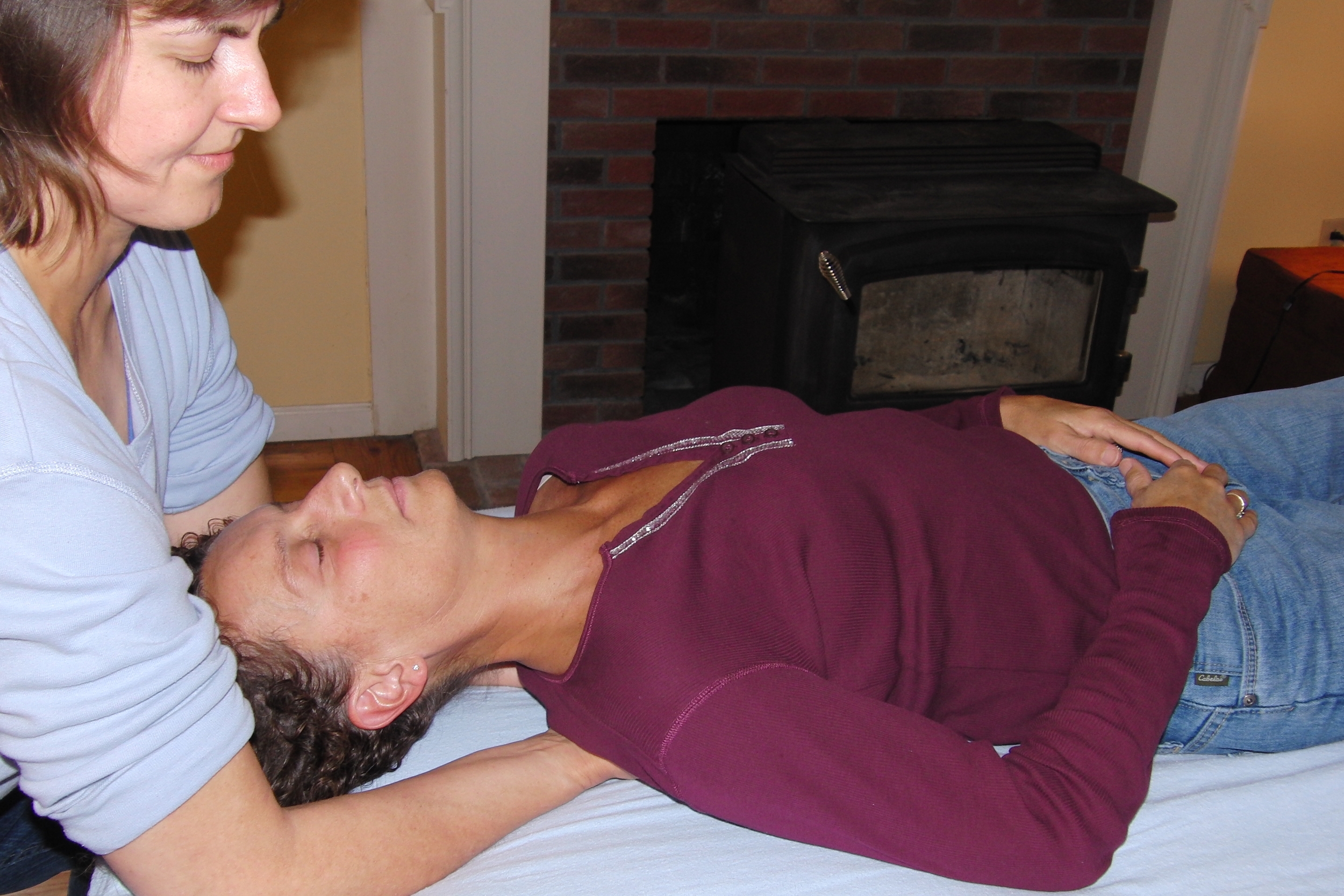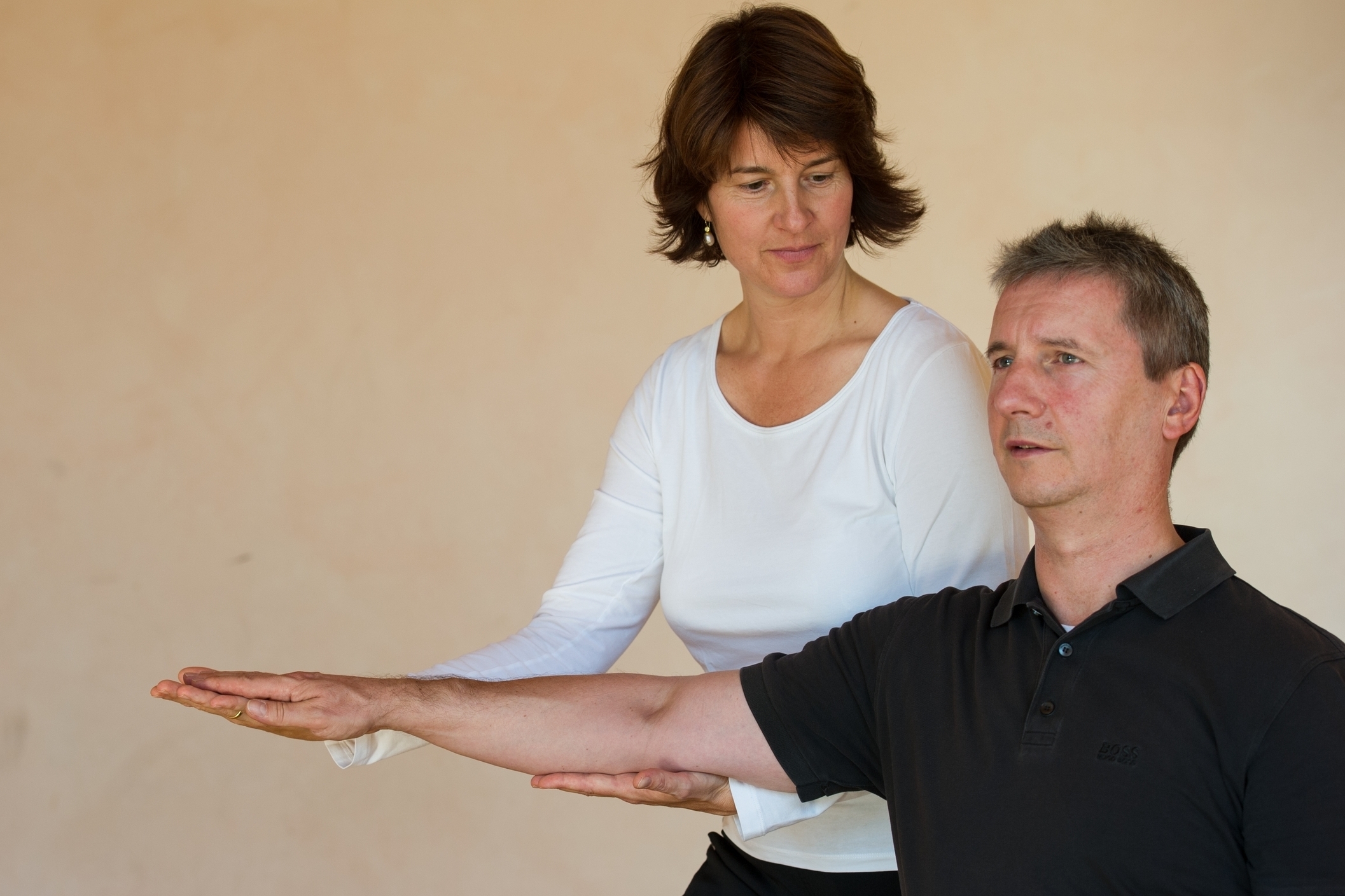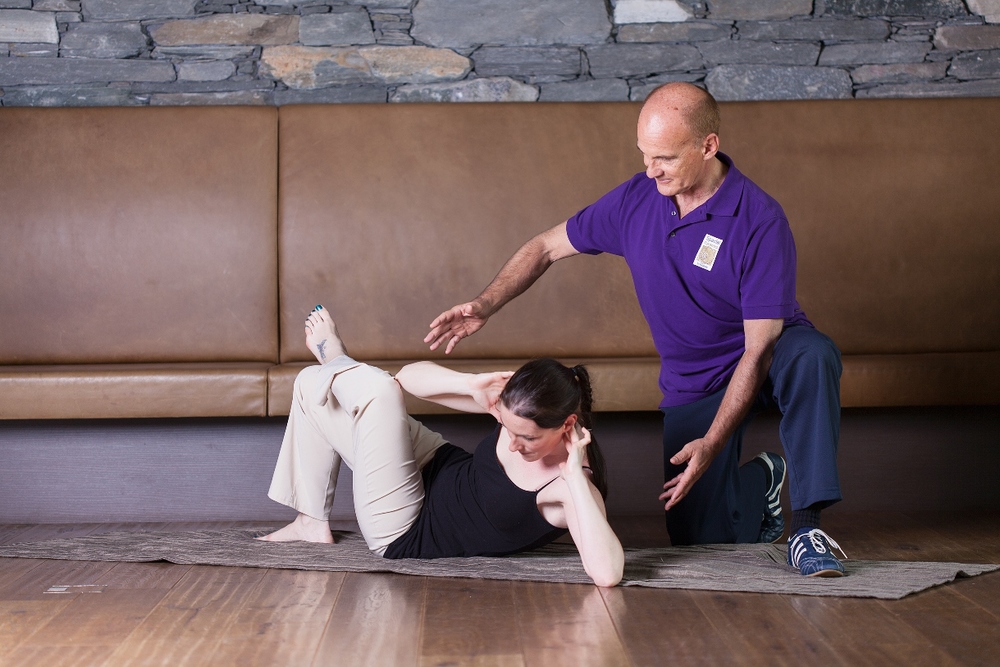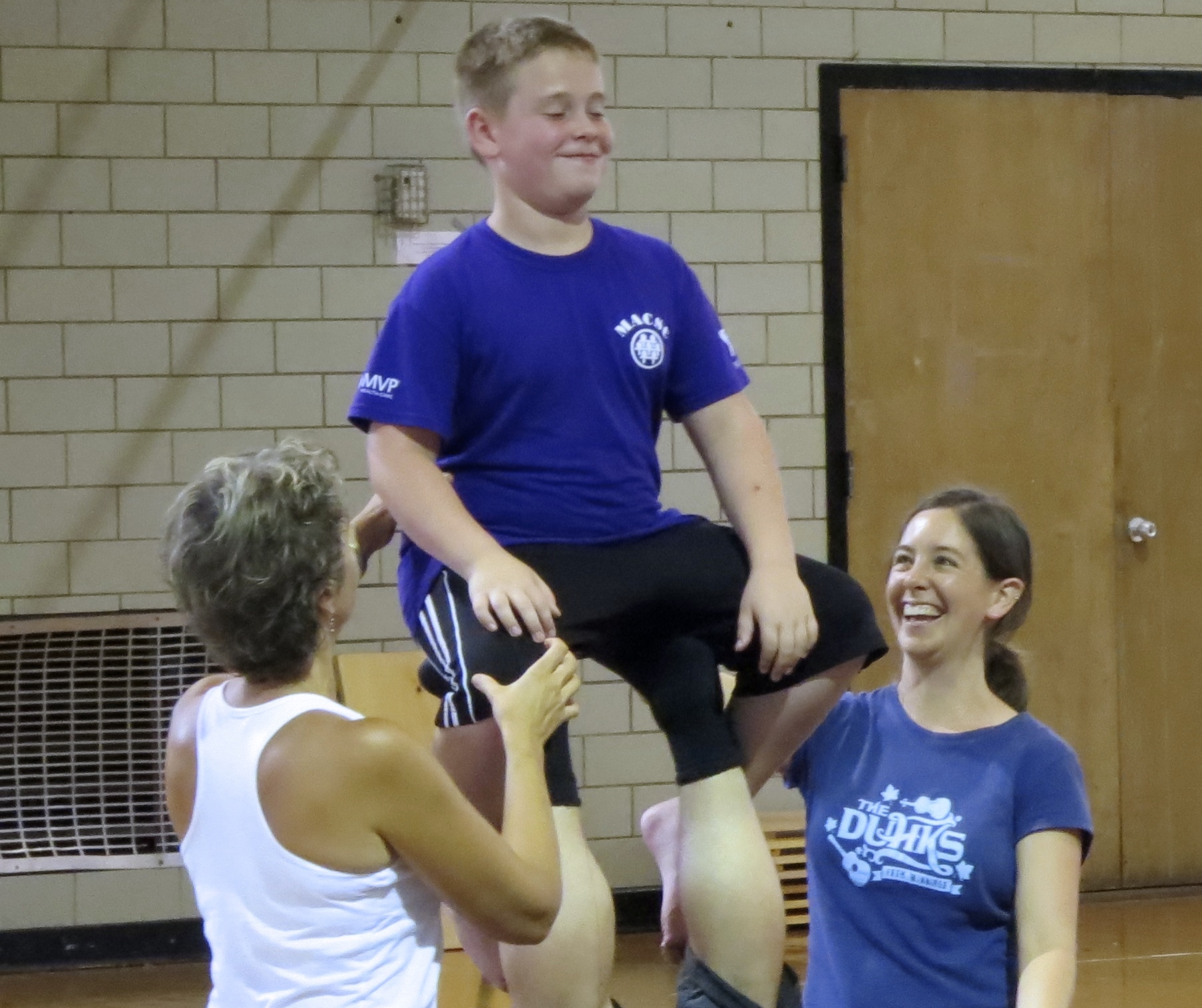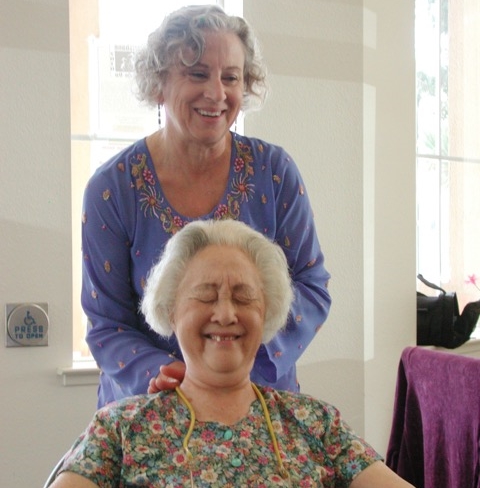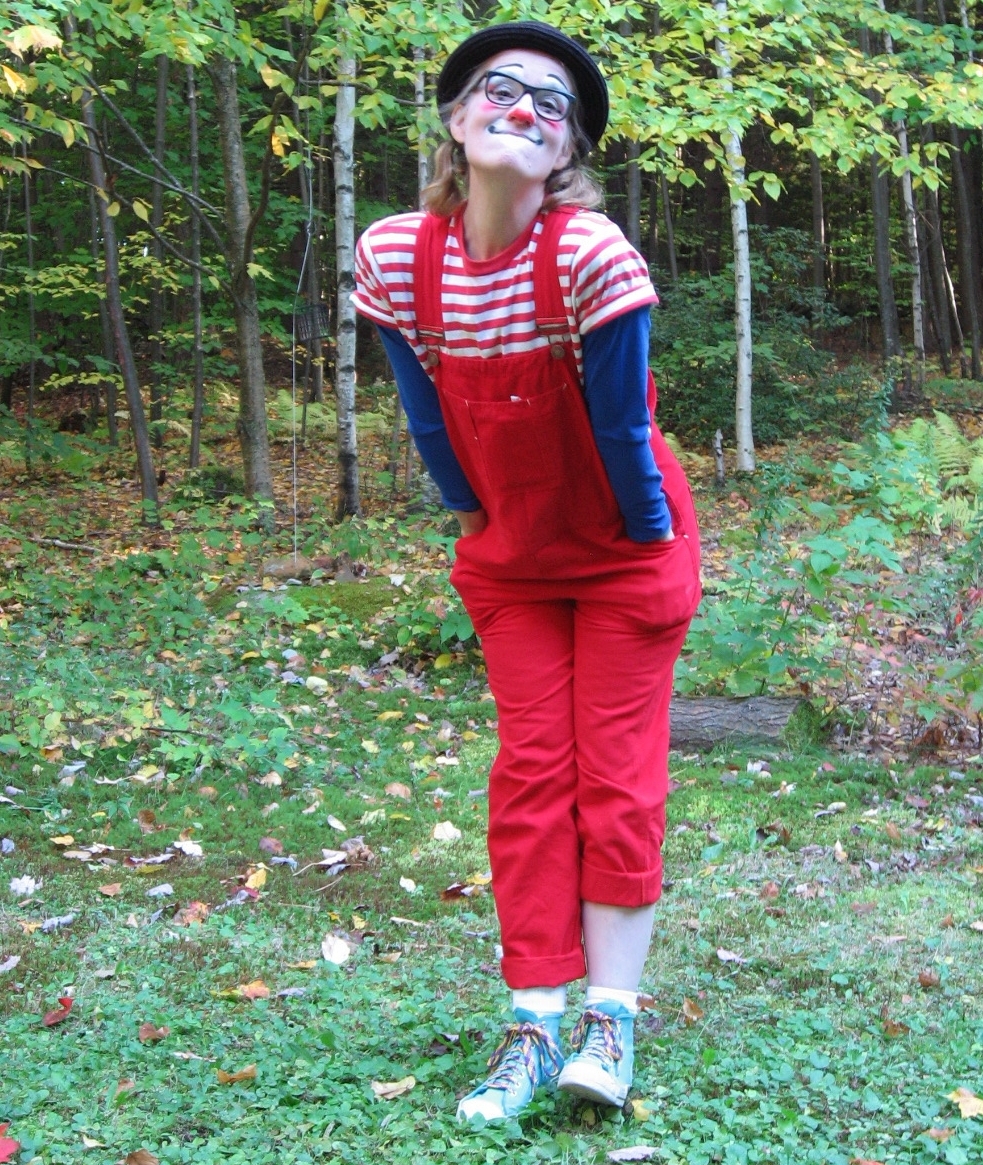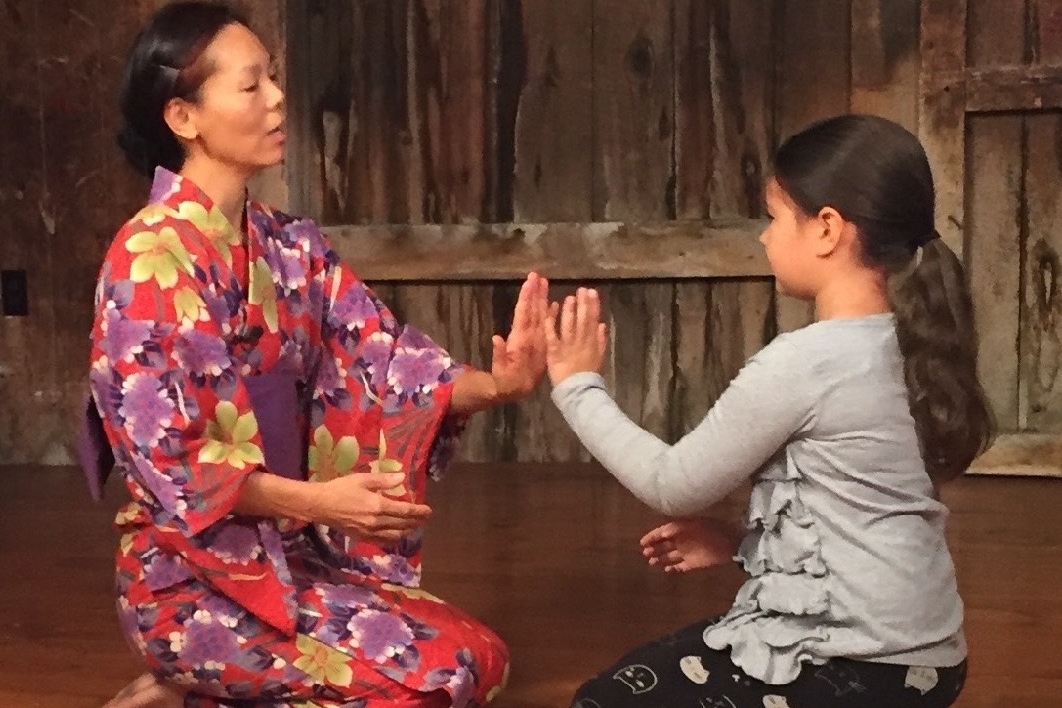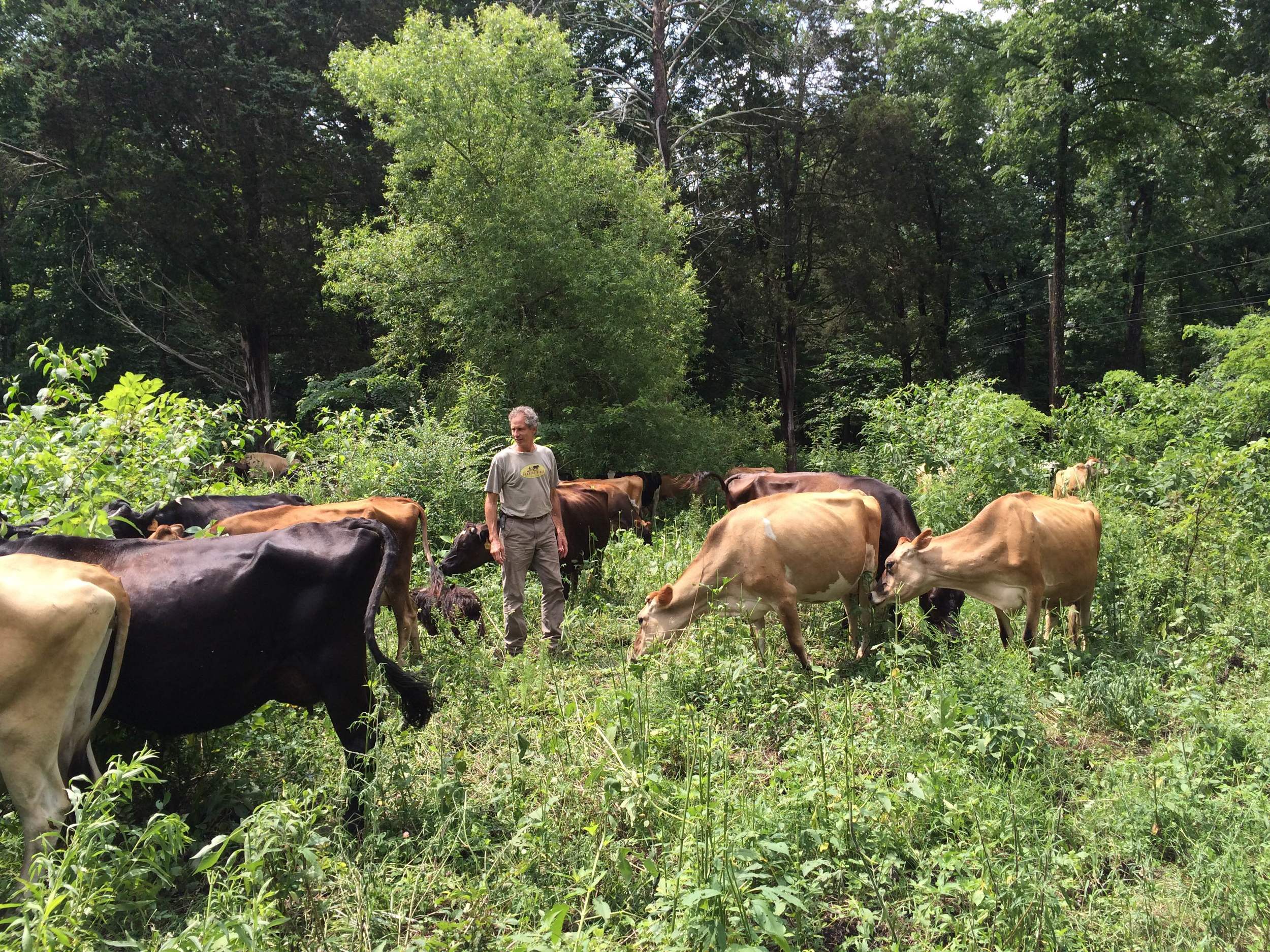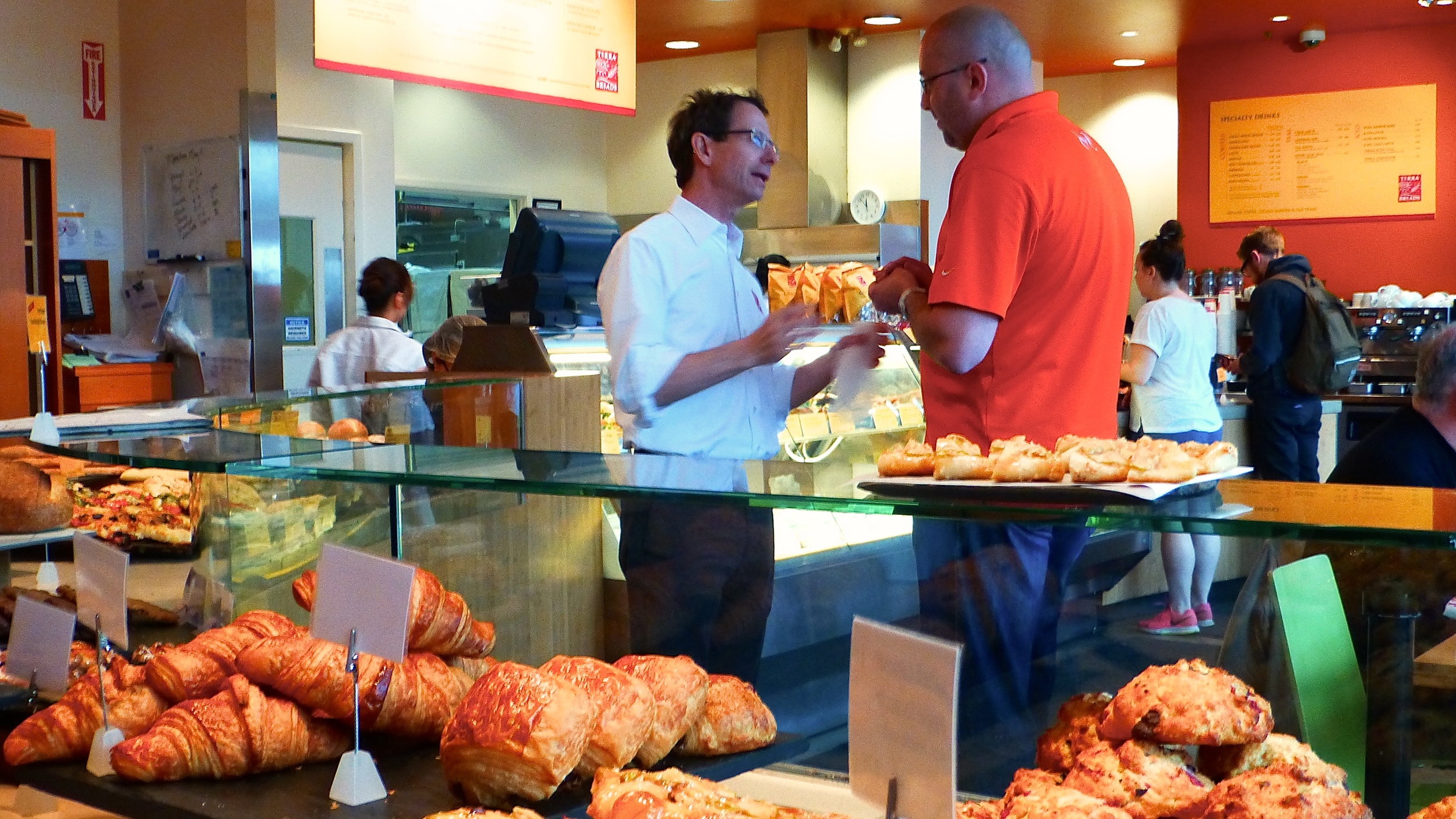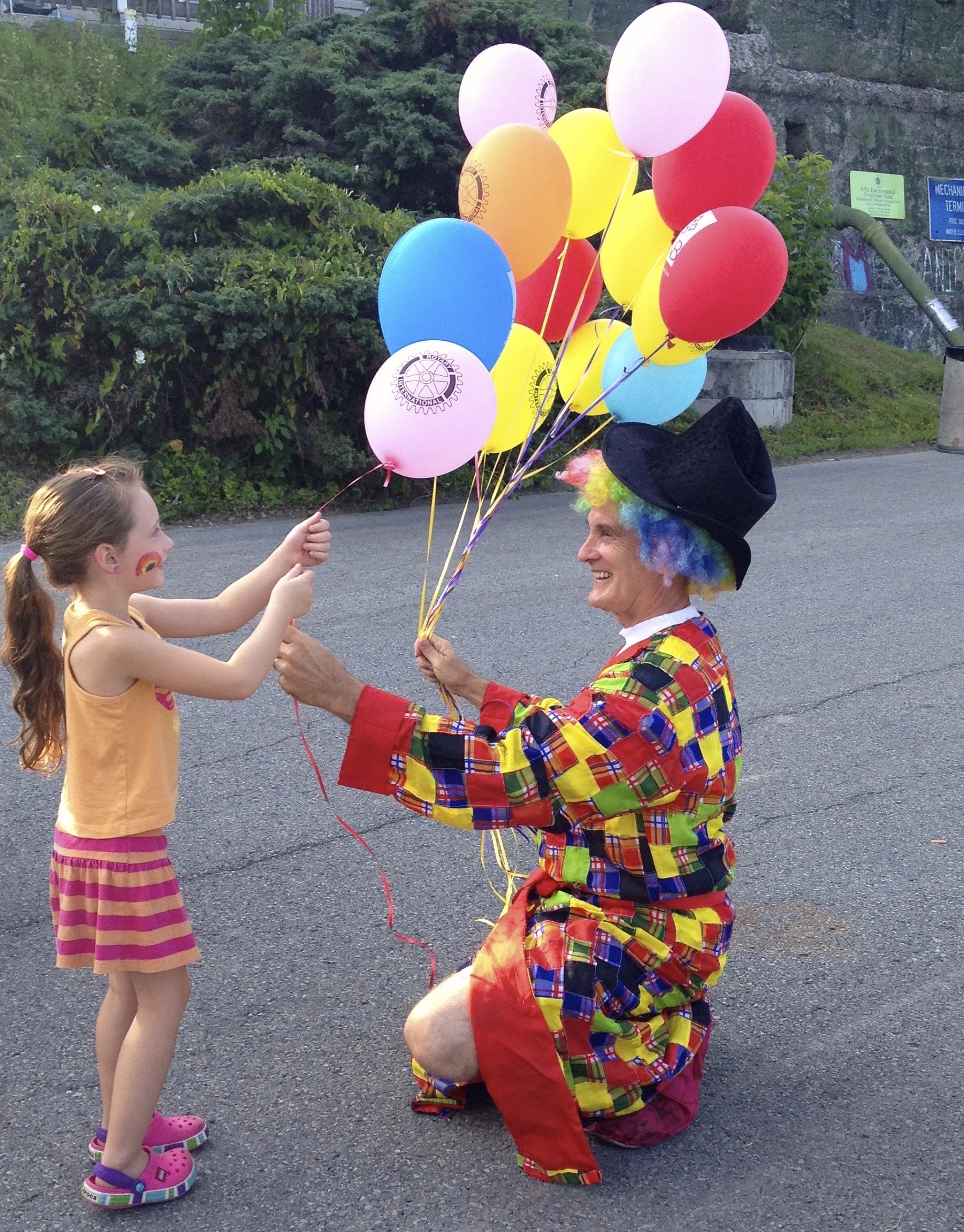Spacial Dynamics® has researched and developed age-appropriate activities for the healthy development of the growing child.
Games, classroom activities, tumbling and acrobatics, stave fencing, circus arts, Greek Pentathlon, track and field and dance which have been further developed through Spacial Dynamics® in relation to the needs of the growing child. These inclusive physical and movement education activities are taught in public and private schools world-wide by movement educators who have completed the Spacial Dynamics® training. Spacial Dynamics centers around the world train Movement Education teachers for Waldorf Schools. The Waldorf Method is a holistic approach to education, which combines the arts and sciences to foster creativity and responsibility.
The current challenges children are facing such as ADHD, sensory integration dysfunction, dyslexia, autism, reflex integration and various emotional issues such as anger, aggression, depression, and developmental delay have been successfully addressed through working with the principles of Spacial Dynamics®.
Knitting It All Together, Handwork and Spacial Dynamics®
Rudolf Steiner mentioned that Handwork is gymnastics in miniature. Handwork teaches very refined, minute movements which take the material world and fashion it finely, merging form and function. Spacial Dynamics is about a larger gymnastic activity: choosing, creating and crafting one’s own Gestalt. Spacial Dynamics draws on that most overlooked of all artistic raw materials: the very space around us. Simply put: In Handwork we learn to take the world and make things to wear. In Spacial Dynamics we learn how to “wear our space” in the world.
Hands In Peace began in the mid-1980s as Spacial Dynamics® began to develop the Greek Pentathlon tournaments for children aged 10 to 11. The focus of these tournaments is on the harmony and beauty of form, the effective dynamic of the movement, and the potential to increase each child's own individual level of performance with objective measurement.
Over the past 25 years Spacial Dynamics has been contributing to the growing body of movement awareness and movement therapy in the Camphill Communities, curative education, and social therapy.
Spacial Dynamics® was born out of the study of mastery by its founder and director, Jaimen McMillan. Children and young adults with “special needs” were among the teachers he credits many of the Spacial Dynamics exercises and techniques to. He saw that the special needs were spatial over-specializations that were begging to be recognized, understood, balanced, and brought into harmony. Mastery in movement results from the harmonious interaction of one's body and one's awareness in the surrounding space. Training one’s own movement mastery is a way to meet special needs in a spatial way. This training in the dynamics of mastery is for all who wish to enliven and enlarge their attentiveness, intention, effectiveness, and influence.
The SD practitioner learns to select and suggest healthier dynamics of engagement and encounter with others. This discipline has proved to be as healthy as it is for the caregivers as it is for the companions. The discipline of Spacial Dynamics has also shown to be effective in fostering healthy social interactions and in helping to avoid exhaustion and burnout.
The principles of Spacial Dynamics have been used to increase performance, ease of movement, and reduce the possibilities of injury for athletes world-wide. World class runners, gymnasts, fencers and more have taken their movement to a new level by transforming the way they relate to and move with the space around them through the conscious application of Spacial Dynamics principles and techniques.
The therapeutic techniques of Spacial Dynamics® for knee, back, neck, foot and shoulder injuries are successfully used by physical therapists, massage therapists, movement therapists, osteopaths, and M.D.s to alleviate pain and restricted movement.
Coaching is a field where Spacial Dynamics has proven its effectiveness. Coaching is about encouraging excellence. A Spacial Dynamics® approach to coaching begins with teaching how to create the most advantageous spaces for mastery to flourish. Coaching is not only about breaking old habits; it is about helping the other to create new habits that best support that person, the action, and the individual and group goals. Spacial Dynamics coaching methods teach how to heighten personal, team, and organizational performance while enjoying both greater awareness and ease.
Children of all ages, all over the world, have benefited by rediscovering the joy of movement when given "space to play!"
By changing the quality of the way a person moves, a person will change the quality of his or her life. Spacial Dynamics® works specifically to reverse or redirect one's own unconscious, habitual movements that are working against one's own progress.
The fluidity with which a mother is able to move her body in relation to space will have a great effect on how she is able to move through the birthing process.
As the physical body becomes more frail, the space around the physical body becomes even more vital for continued mobility and preventing falls. Enlivened space can be used as a support and even a tool for movement, balance, and increased confidence and vitality.
Healthy group dynamics are building blocks of a modern, successful business.
The Spacial Dynamics Institute has been employed to assess and address various industrial safety issues in the factory setting, working to uncover the dynamic movements that give the most mechanical advantage between man and machine. Jaimen McMillan has consulted for the largest European tire manufacturer, one of the Global Big Three. His work included on-site training of managers to recognize problematic patterns, demonstrate techniques to bolster employee awareness, and provide tools to increase interaction, communication, and effectiveness.
Spacial Dynamics® presents a practical approach to the movement of information, decisions, product development and implementation which results in enhanced relationships and communication. Healthy movement within a corporation includes the bio-mechanics of ergonomics and extends to a corporate culture of calmness, trust and success.
Every meeting has a dynamic. Every decision is a movement. Choosing these relationships are essential for successful executive leadership and key to creating spaces for a healthy organization.
Spacial Dynamics principles and activities have influenced new developments in dance training, concert performance, dancing for health and fitness, and social dance in the community. With the understanding of the dynamics of space surrounding and within the body, dancers can train and perform without the inherent strain and wear and tear on the joints, tendons, and muscles of the body that often lead to chronic pain, injuries, and hip and knee replacements later in life.
Greater ease, flow, balance, strength and stamina is discovered with the active imagery and dynamics of space, thus improving performance and audience perception and enjoyment. The repertoire of international and historic dances and music offer communal experiences of well-being, playfulness, and confidence for dancers of all ages and abilities.
Circus creates social space. "Come one, Come all!" The clumsy clown is as revered as the daredevil acrobat. Some of the best athletes and actors in history have been circus performers. These athletes have given us an important message: It is not necessary for someone to lose in order for someone to win. In a circus we are all winners.
Spacial Dynamics teaches Circus Arts in its training programs, workshops and in school settings because these skills teach perhaps the greatest art of all, the art of being social.
Enjoy farm-to-table meals, walks through the majestic landscape of Big Sur, and the enlivening movement discipline of Spacial Dynamics® -taught through hands on, personal, and group exercises. Women’s Wellness is a Spacial Dynamics® approach to reducing stress and enhancing energy in the midst of our busy everyday lives. We can learn to re form our habitual movements and posture in ways that support our anatomy and optimal functioning. The fundamentals of life such as: sleeping well, personal borders that express warmth and clarity, managing stress, increasing vitality, range and ease of movement, physical changes in the phases of a woman's life, graceful aging, and moving through trauma - are seen and moved from new perspectives. In the course of the retreat we will focus on general exercises for health and well being, and take special care of each individuals need of the moment. http://www.spacialdynamicswomenswellness.com/


